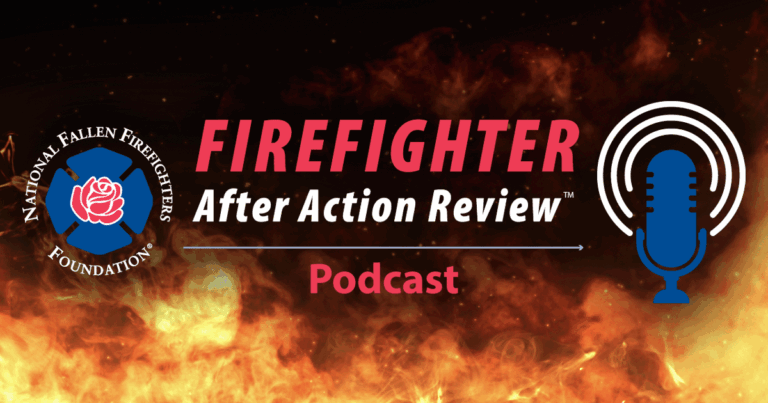The U.S Fire Administrator and principal leaders from the American fire service, in partnership with the Fire Department of New York (FDNY), the Philadelphia Fire Department, and the Washington, DC Fire and Emergency Medical Services Department, will stand together on January 10‑12 to speak with one voice to address the fire problem facing our nation.
In 1947, President Harry S. Truman convened a gathering from every corner of American society in Washington, D.C., to address the nation’s fire problem. President Truman was appalled by several high-life loss fires in hotels and the thousands of smaller fires where Americans lost their lives and property was destroyed. The attendees at the national conference were charged with addressing the problems and developing solutions to reduce fire’s impact on America.
Great strides have been made over the past 75 years. Still, Americans continue to lose their lives as we remember the tragic events of January 5, 2022, when 12 people, including 9 children, lost their lives. And on January 9, when 17 people died in the Bronx, New York.
In October 2022, the U.S. Fire Administrator hosted the first Fire Prevention and Control Summit since the 1947 Conference on Fire Prevention and Control hosted by President Truman. The October summit included a roundtable discussion where national fire service leaders made 5 recommendations to national leaders from the Biden Administration. These recommendations now outline the national strategy to address the fire problem in the nation.
- Prepare all firefighters for the climate-driven increase in wildfires in the wildland urban interface (WUI) by providing them with the proper training and equipment.
- Invest in a national apprenticeship program to address the firefighter shortage and make the fire service more diverse and inclusive.
- Establish a comprehensive firefighter cancer strategy that invests in research, provides access to screening for firefighters, and reduces and eliminates PFAS exposure.
- Provide behavioral health resources and suicide prevention initiatives for all firefighters.
- Create safer communities by implementing and enforcing codes and standards, especially in the WUI and underserved and vulnerable populations, and provide affordable and fire-safe housing.
Facts from the summit
Despite our vast technological advances, these truths remain:
- During a fire today, you have the least amount of time to safely exit your burning home than in any time in history.
- Your chance of dying in a fire today is higher than 40 years ago.
- Fire deaths, injuries and displacement disproportionately affects lower income communities and people of color.
- Safe and affordable housing should not be mutually exclusive. A compounding problem in cities across America is that those who survive are displaced long term or become homeless due to a lack of personal or local resources.
- 99 million people or a third of the U.S. population now live in the WUI environment, yet most have no idea what WUI is or the dangers it poses.
- Fire departments across the United States, both career and volunteer, are experiencing dramatic personnel shortages. This situation is a national problem and without intervention will continue to worsen, affecting the ability to meet emergency call volume demand in many areas.
- Technology, including micromobility products powered by lithium-ion batteries, are providing a new wave of fire causes.
- Automatic fire suppression systems like sprinklers save lives, yet resistance to these devices remains.
Related
- C-SPAN: U.S. Fire Administrator & Other Officials Launch National Fire Strategy
- New York Times: Year After Deadly Bronx Blaze, a Plan to Combat ‘America’s Fire Problem’
- Watch the Replay – U.S. Fire Administrator’s Summit on Fire Prevention and Control: State of Science
- Follow #FireServiceOneVoice on @usfire Twitter for updates on event activities.
- Associated Press: Fires becoming deadlier as firefighter recruitment wanes
- Homeland Preparedness News: U.S. Fire Administration report highlights national fire threat, new strategy to combat it
- WHYY News: U.S. Fire Administrator commemorates deadly Fairmount fire in Philly
- FOX 29 News: National Fire Strategy: Preventing fires and fire deaths
- WABC News: U.S. officials announce new strategy to fight fires inspired by deadly Bronx blaze
- Planetizen News: U.S. Fire Administration to Investigate Building Fires
- 6ABC Philadelphia: U.S. Fire Administrator Dr. Lori Moore-Merrell visits Philadelphia to announce new safety strategies
- News12: Head of U.S. Fire Administration joins FDNY, FEMA to honor lives lost to fire in 2022





